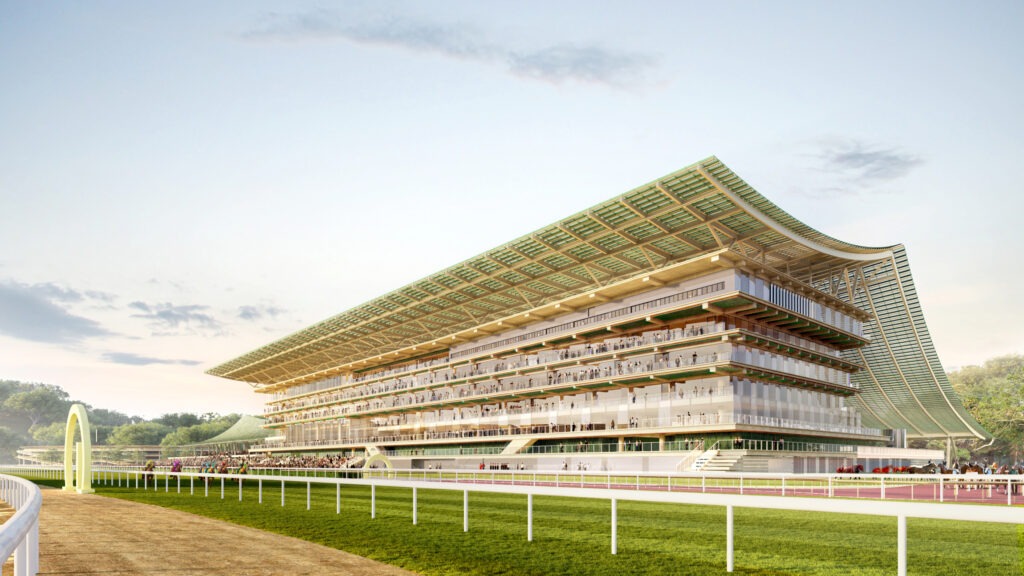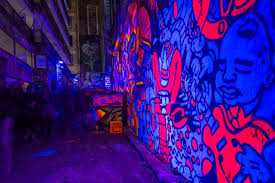
Menu

Swiss architecture is renowned for its precision, minimalism, and harmony with the environment—but beyond functionality, it also serves as a powerful form of artistic expression. From historical landmarks to cutting-edge modern designs, Swiss architects have shaped a national identity rooted in craftsmanship, innovation, and aesthetic clarity.
One of the most internationally celebrated Swiss architectural firms is Herzog & de Meuron, based in Basel. Their work blurs the lines between architecture and sculpture, often experimenting with materials, textures, and context. Notable projects include the Tate Modern in London, Elbphilharmonie in Hamburg, and the VitraHaus in Germany. Their designs are not only functional spaces but also visual experiences that reflect both global and local influences.
Switzerland’s architecture also emphasizes sustainability and landscape integration. Peter Zumthor, a Pritzker Prize-winning architect, is known for his sensory, meditative buildings that engage sight, touch, and sound. His Therme Vals spa in the Swiss Alps uses local quartzite stone and natural light to create a space that feels both ancient and modern, blending architecture with the surrounding nature.
Modern Swiss buildings often express cultural identity through minimalist design, clean lines, and attention to detail. Urban projects, such as public housing, museums, and transportation hubs, reflect a balance between beauty and utility. The Swiss Re Tower in London (designed by Swiss firm Foster + Partners) and Zurich’s Prime Tower are examples of how Swiss design has influenced global architectural trends.
In Switzerland, architecture is not merely construction—it is art in space, shaped by philosophy, landscape, and innovation.



